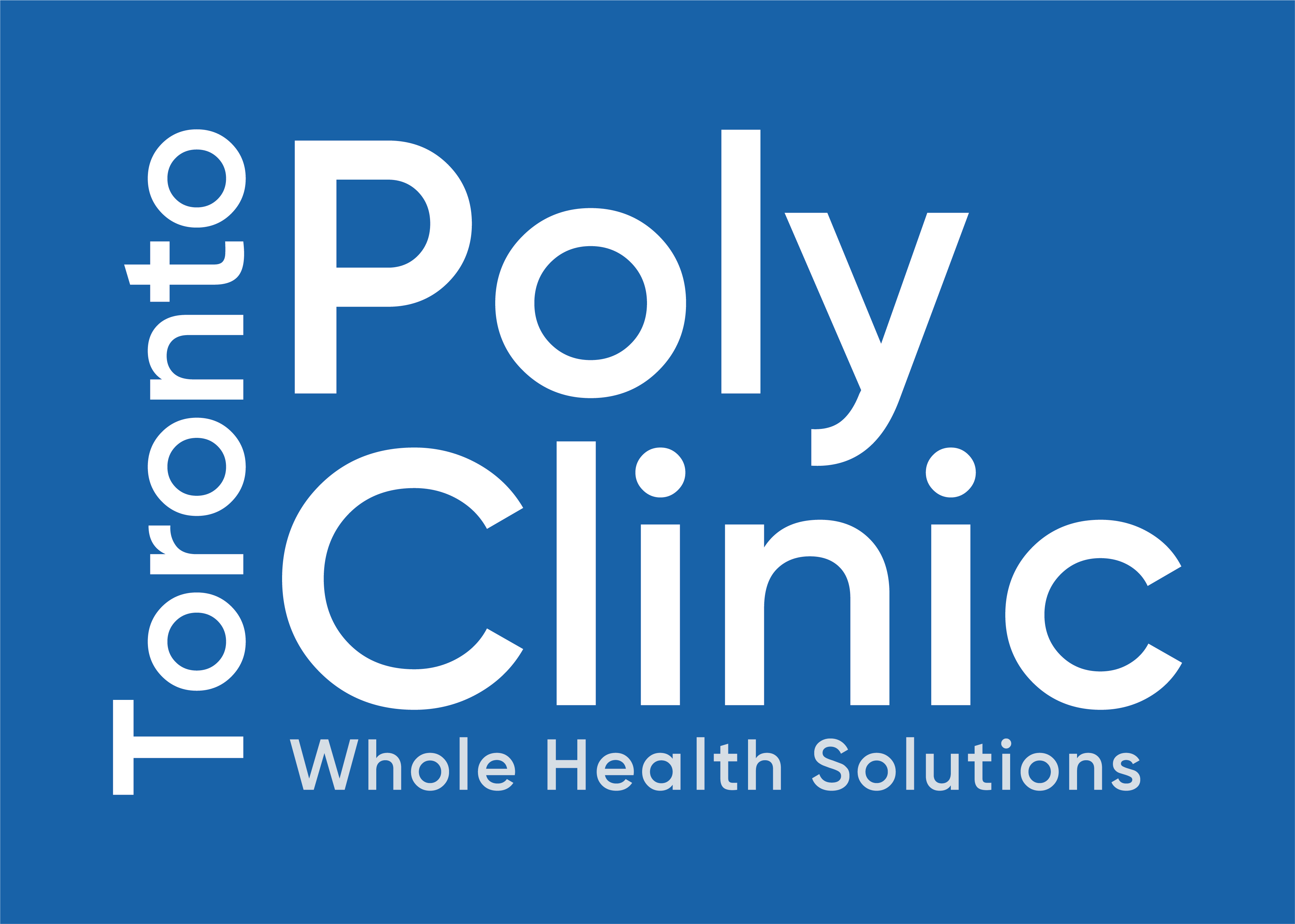Progressive Muscle Relaxation and chronic pain
Progressive Muscle Relaxation (PMR) is a technique used to help reduce muscle tension and promote relaxation throughout the body. While it may not directly target chronic pain, it can be a helpful complementary strategy to manage pain symptoms and promote overall well-being. Here’s how PMR works and how it can be applied to chronic pain:

- Understanding PMR: PMR involves systematically tensing and then releasing different muscle groups in the body. By intentionally tensing and relaxing muscles, you can become more aware of the physical sensations in your body and learn to differentiate between tension and relaxation. This technique aims to promote a deep state of relaxation and reduce overall muscle tension.
- Benefits for Chronic Pain: Chronic pain often leads to increased muscle tension as a result of the body’s natural response to discomfort. By practicing PMR, individuals with chronic pain can learn to identify and consciously release muscular tension, which may contribute to pain reduction. PMR can also help improve sleep quality, decrease anxiety and stress levels, and increase overall relaxation, which can indirectly alleviate the impact of chronic pain.
- Applying Progressive Muscle Relaxation (PMR) to Chronic Pain: To practice PMR for chronic pain relief, follow these general steps:
- Find a quiet and comfortable space where you can relax without interruptions.
- Start with deep breathing exercises to help calm your mind and prepare for relaxation.
- Begin by focusing on a specific muscle group, such as your hands, arms, or shoulders.
- Tense the muscles in that specific area for about 5-10 seconds, paying attention to the sensations of tension.
- Release the tension suddenly and completely, allowing the muscles to relax for 15-20 seconds.
- Notice the contrast between the sensations of tension and relaxation in that muscle group.
- Move on to the next muscle group, repeating the process until you’ve gone through your entire body.
- Take your time and proceed at a pace that feels comfortable for you.
- Practice PMR regularly, ideally daily, to experience its long-term benefits.
It’s important to note that PMR may not eliminate chronic pain completely, but it can be a valuable tool for managing pain symptoms and promoting relaxation. Remember to consult with a healthcare professional, such as a physician or physical therapist, for a comprehensive approach to managing chronic pain. They can provide personalized guidance and recommend additional strategies that align with your specific needs.

